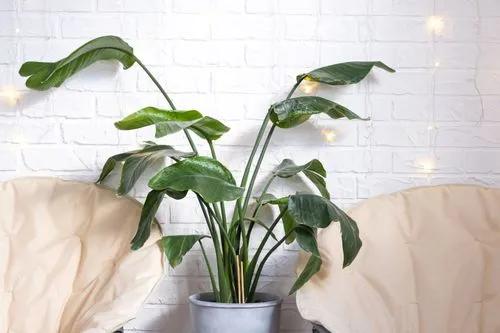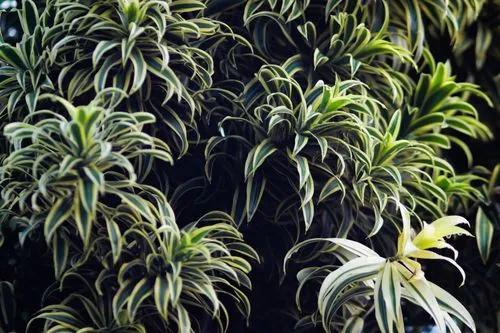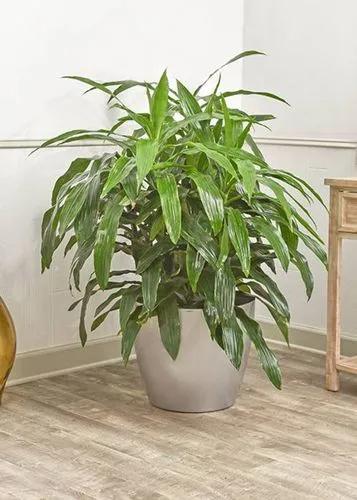Alocasia Baginda (cuprea) Dragon Scale is an exceptionally decorative plant. The leaves of Alocasia Dragon Scale truly resemble large scales with their ribbed texture and the contrast between the silvery green backing and the deep dark green markings at the front is quite something.
Dragon Scale Alacasia Care
Alocasia baginda ‘Dragon Scale’
Other names: Alocasia Baginda, Alocasia Dragon Scale, Alocasia Baginda (cuprea) Dragon Scale, Dragon Scale Alocasia



How to Care for the Plant

Water

Needs moderate humidity of 60 to 80% to survive. The beautiful Alocasia Baginda plant has the watering needs of a typical houseplant. Since it is a tropical species, it enjoys being watered. However, frequent or inadequate watering can lead to several problems, such as yellow leaves and wilting. Please allow the Alocasia Baginda plant’s soil to slightly dry up before you water it. You can always check the Baginda plant’s top 1 to 2 inches before you water it.

Pruning

The Alocasia Baginda plants can be pruned. There can be quite a few reasons for you to prune your beloved Dragon Scale plant. The foremost reason is the distorted or abnormal appearance of the Baginda plant’s leaves due to fungal infections and diseases. It is best to cut the affected foliage to minimize the spread of infection.

Fertilizer

An Aroid mix or a Jungle mix amended with slow-release, organic fertilizer is ideal for these plants. You can also add peat moss or compost to the potting mix. Soils that look too heavy can be amended with some sand or perlite.

Sunlight

Best grown in full sun to part shade.

Soil

Grow in well-drained, moderately fertile soil in a sheltered, sunny site. Protect in winter in cold areas.

Temperature

Provide good air circulation, with temperatures between 65 (18 °C) to 75 F (23 °C) and nighttime temperatures between 50 t(10°C) to 60 F (15 °C).

Additional

Alocasia is a very poisonous plant; the leaves contain insoluble oxalate crystals. A human or pet chewing or biting into a leaf releases the crystals which can cause swelling and irritation of the mouth and GI tract.

Popularity

979 people already have this plant 208 people have added this plant to their wishlists
Discover more plants with the list below
Popular articles






